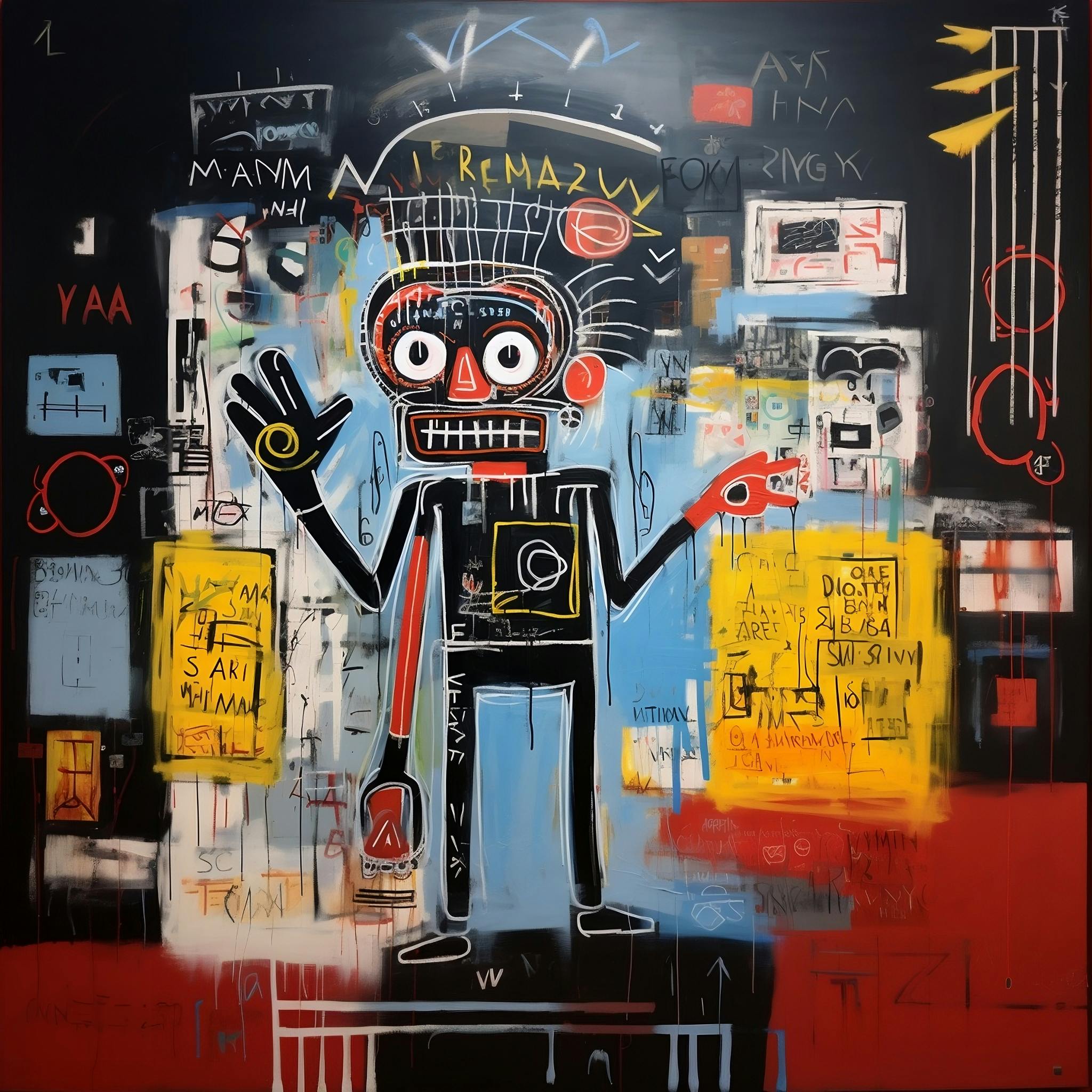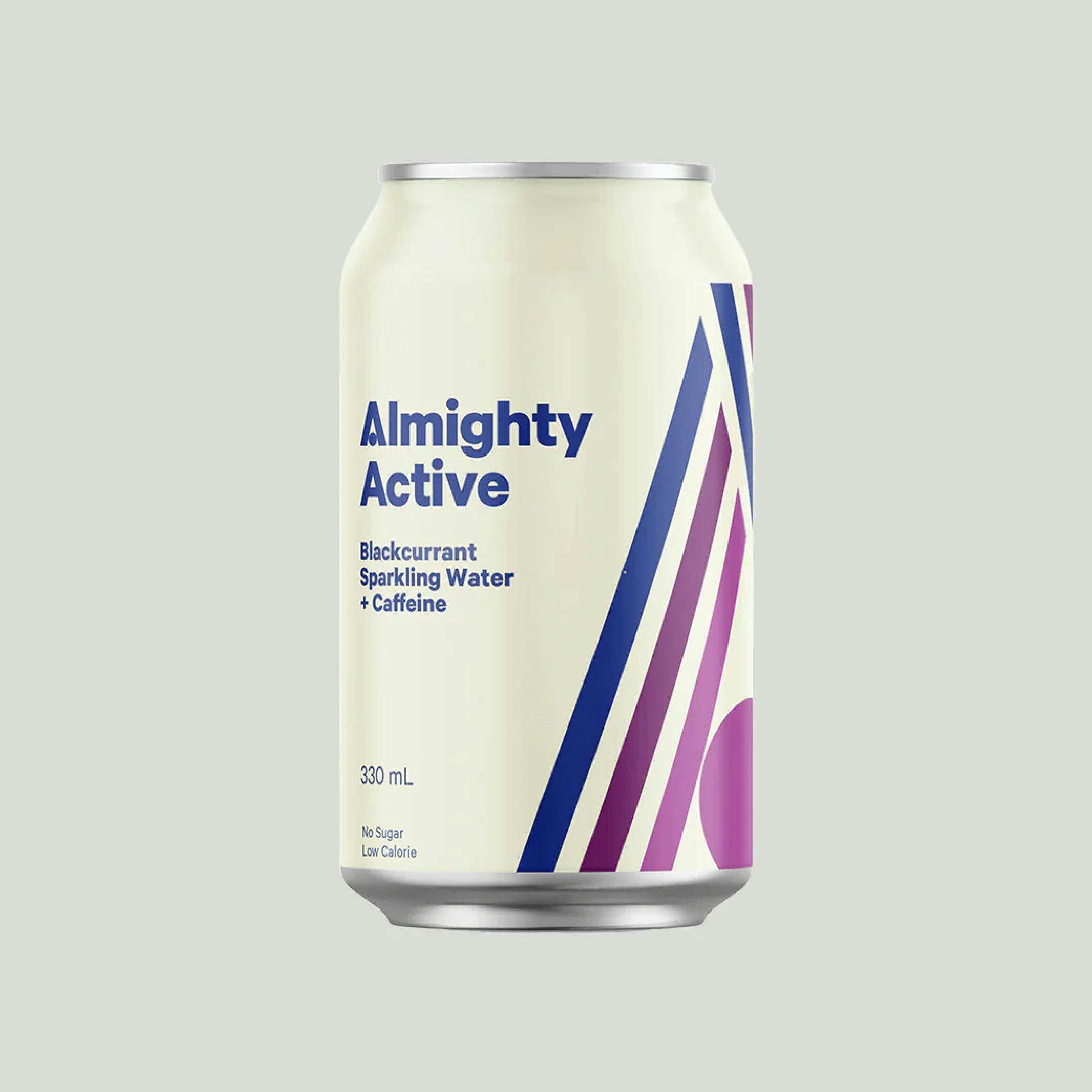The Psychology Behind Influencing a User's Behaviour.
-
Auckland
XX:XX:XX GMT+XX
The Psychology Behind Influencing a User's Behaviour. Well known psychology concepts are frequently used in website design; understanding and leveraging your user's psychology is a valuable tool for influencing behaviours towards a preferential conversion point. We explore some of the key concepts used frequently in our work, in the name of sharing our knowledge.

The Halo Effect
The halo effect is the tendency for positive impressions of a person, company, brand, or product in one area to positively influence one's opinion or feelings in other areas.
During our first impressions of seeing anything we unconsciously assign a set of superficial characteristics, both positive and negative. We form an impression without any awareness of this taking place within our minds, and yet this sets the tone for future interactions with the subject.
For example, within the homepage or landing pages the initial landing section of the site is the most crucial; the animations, images, copy and colours used are all important elements that affect a user’s subconscious judgement. Visual attraction will dictate whether the user will have a good or bad impression as of their first visit.
Hick’s Law
People are more likely to engage with content that is easy to understand and navigate. Using design principles like clear and concise copy, intuitive navigation, and simple forms can make your website more user-friendly and accessible.
Hick’s law argues that the more stimuli or choices a user faces, the longer it will take for them to make a decision; the paradox of choice. This law easily correlates to navigating through a website, where the number of pages placed at the first level influences the time it takes to make decisions.
Navigating a website is a key aspect of 'funneling' users to the conversion point, and any instance of delays will impact the flow of these users. By adequately outlaying categories for pages it can help signpost the way forward, even if the amount of subpages is massive. This digital form of wayfinding allows users to navigate based on their intentions; a much more intuitive and natural way to move through a site.
The Von Restorff Effect
The Von Restorff effect also known as the 'isolation effect', is a cognitive bias that predicts that when multiple homogeneous stimuli are presented, the stimulus that differs the most from the rest is more likely to be remembered. In interface designs, this is often used to put differentiators across multiple components. This distinctive element can be visual: a change of size, shape, or even colour.
The most common example of this is the universal red dot we have become accustomed to, which shows a notification on an app. The app with the red dot stands out amongst a uniform grid, and the red notification on the alert icon focuses the user’s attention. This same principal is placed on full carts, account issues or the like.
The Zeigarnik Effect
According to psychologist Bluma Zeigarnik, incomplete tasks stick in people’s minds, and they continue thinking about them again and again until habitually completed.
Providing motivation for users to complete a given task can simply be done by making it clear that it hasn't been completed yet. Progress bars outlining the steps of the checkout process is a simple and effective means of pushing users through to the end. Incentivising and encouraging the completion of the task through tooltips outlining that they're 'Almost Done!' also helps hurry the user, whilst warning about potential data loss if you take a step back prevents users from moving backwards.


Principles of the Von Restorff and Zeigarnik effects are easily demonstrated with unique colours and progress bars.
Gestalt Theory
The Gestalt principles were formed in the 1920s by psychologists analysing how people view their surroundings. Ultimately, it studies how the human brain reads and interprets visuals. For example, you can use different shapes to create a visual because your brain fills in the blanks automatically.
Graphic designers have been using these principals for years in terms of print publications and collateral, however they have become essential in the age of influencing choices and decisions within your media. The basic principals are:
Similarity
Good Figure
Proximity
Continuity
Closure
Figure / Ground
Synchrony
Colour Theory
Colours can elicit certain emotions, so you can use this knowledge to your advantage by choosing colours that align with the message you want to convey. For example, blue is often associated with trust and calmness, while red can evoke feelings of excitement and urgency.
Social Proof
This term was coined by Robert Cialdini in his 1984 book 'Influence: Science and Practice', and the concept is also known as informational social influence. People are often influenced by what others are doing, so you can use social proof to convince users to take certain actions. This can include displaying customer reviews or testimonials, or highlighting the number of people who have already taken a particular action on your website.
Scarcity and Urgency
Scarcity, in the area of social psychology, works much like scarcity in the area of economics. Scarcity is basically how people handle satisfying themselves regarding unlimited wants and needs with resources that are limited. Tapping into deep rooted animal intuition, humans place a higher value on an object that is scarce, and a lower value on those that are in abundance. The fear of missing out can be a powerful motivator, so you can use tactics like limited-time offers, countdown clocks, or low stock notifications to encourage users to take action quickly.


Graphics that identify social proof markers and gamified status tiers.
Gamification
People are often motivated by the desire to achieve goals and win rewards, so you can use gamification techniques like points / loyalty systems, leaderboards, or badges to make your website more engaging and encourage users to return.
Comfort in the Familiar
The mere-exposure effect is a psychological phenomenon by which people tend to develop a preference for things merely because they are familiar with them. Humans are naturally drawn to things that feel familiar, so you can use design elements that users are already familiar with to create a sense of comfort and ease. For example, you could use common navigation patterns or design layouts that are similar to other websites users may have used before.
Personalisation
Twilio’s 2022 State of Personalization report found that 49% of consumers say they will likely become repeat buyers after a personalised shopping experience with a retail brand. People are more likely to engage with content that is relevant to them, so you can use data about your users' preferences or behavior to personalise their experience on your website. This can include recommending related products or content based on their past behavior, or using their location or search history to customise the content they see.



